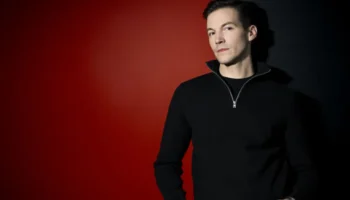In the televote era (since 1998), what role has the draw – the order of performance – played in determining who wins the Eurovision Song Contest? To get enough support from across Europe you need more. You need to perform well, do something memorable and (in most years) have a good song. Or a great one!
There are a lot of assumptions about the draw. Most people assume that a late draw is better, which is only partially true. In 2001 Tanel Padar & Dave Benton & 2XL performed 20th of 23, winning with Everybody. The next year Marie N salsa�d her way to first place with I wanna, having performed 23rd of 24. But they�re the exceptions.
Here�s a list of the most recent winners and their places in the draw:
1998 � Isräel � Dana International � Diva 8th (of 25)
1999 – Sweden � Charlotte Nilsson � Take me to your heaven 15th (of 23)
2000 � Denmark � The Olsen Brothers � Fly on the wings of love 14th (of 24)
2001 – Estonia – Tanel Padar & Dave Benton & 2XL � Everybody 20th (of 23)
2002 � Latvia � Marie N � I wanna 23rd (of 24)
2003 � Turkey � Sertab Erener � Every way that I can � 4th (of 26)
2004 � Ukraine � Ruslana � Wild dances 10th (of 24) 11th of 22 in semi
2005 � Greece � Helena Paparizou � My number 1 � 19th (of 24)
2006 � Finland � Lordi � Hard rock hallelujah � 17th (of 24) 16th of 23 in semi
Since televoting became the norm, Sertab in 2003 is the only winner from a very early draw (the only winner ever from 4th spot, in fact). Two winners, Estonia 2001 and Latvia 2002, won from late draws. The rest were somewhere in the middle.
We have to go back to 1998 to find a year where none of the last 4 songs performed were in the top 5. So a late draw does have a 25% (1 in 4) chance of a top 5 result�and over 1 in 2 if we consider top 10 placements. The drawer can impact a song�s fortunes, but unless it�s a year with no great songs or performances, the draw is only one factor.



